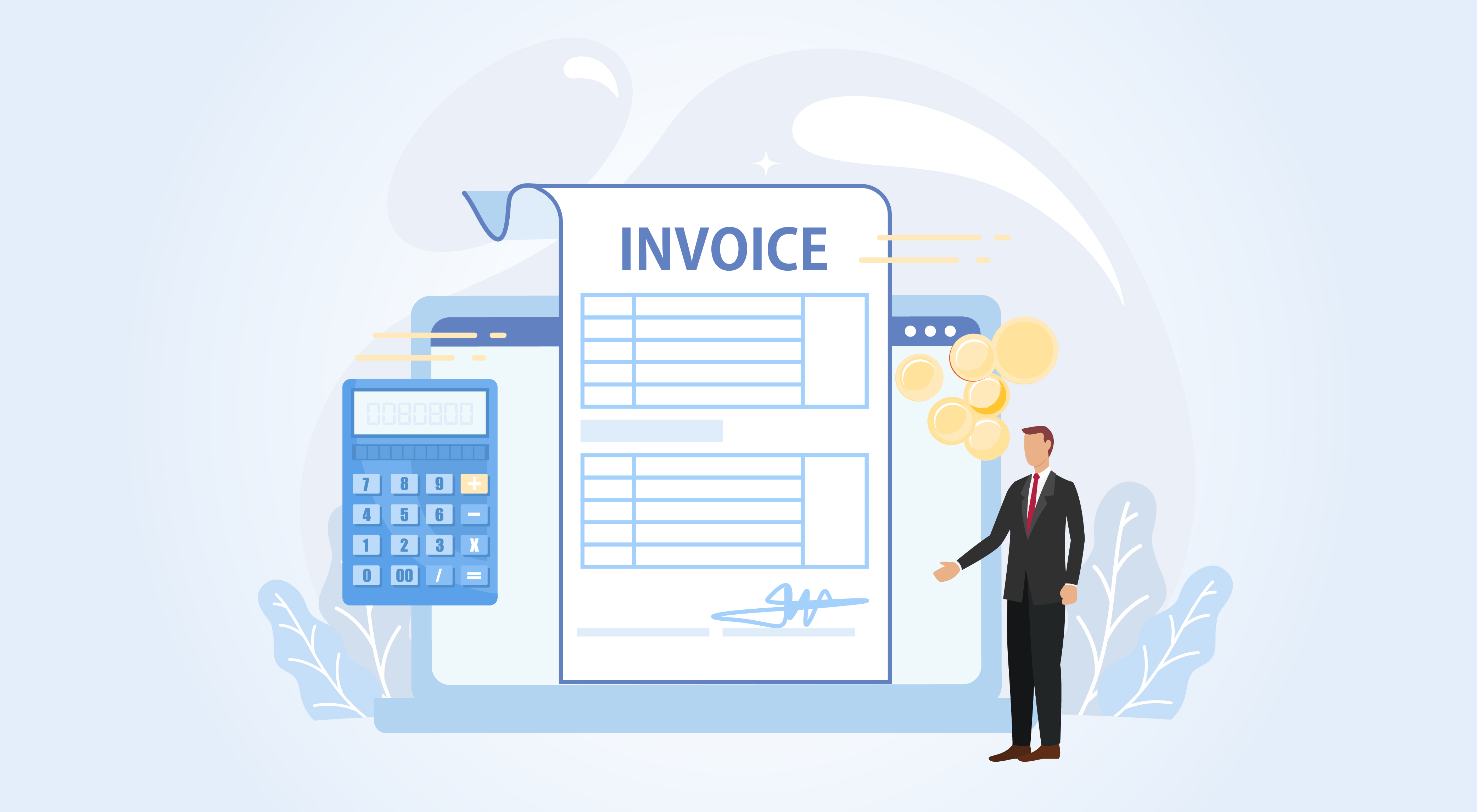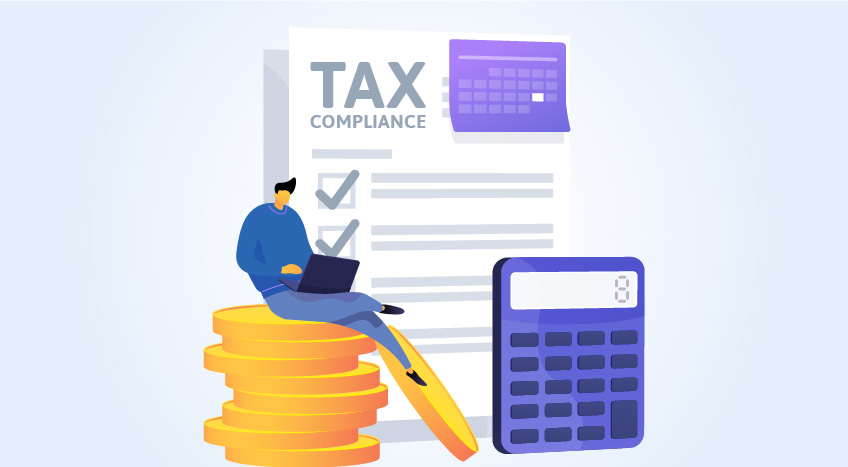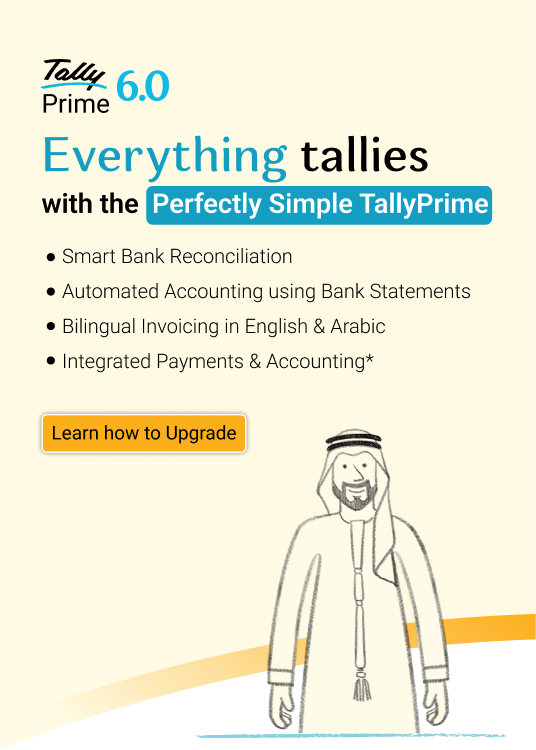e-Invoicing is a recent trend in the evolving landscape of business taxation. Many countries have already implemented it in their taxation regulations. The UAE government has announced e-Invoicing for all B2B transactions which will be made mandatory in 2026.
This blog will give you a comprehensive understanding of e-invoicing in the UAE, a fully digitised e-invoicing system for both B2B and Business-to-Government (B2G) transactions seeking to ensure transparency and accuracy in the invoicing process.
What is an e-Invoice?
According to the UAE Ministry of Finance, “e-Invoice is a structured form of invoice data that is issued and exchanged electronically between a supplier and a buyer and reported electronically to the UAE Federal Tax Authority.”
This means that invoices will now have a standard format and should be machine readable. All VAT registered entities around the country will have to adhere to the e-Invoicing system and issue invoices in this standard format. Adhering to this format will be necessary to report your transactions to the government under rules for VAT compliance. It is important to note that unstructured invoice formats such as pdf, word document, images, scanned copies and emails are not e-Invoices.
The e-Invoicing system of UAE
The UAE e-Invoicing system will enable your ERP or taxation software to connect directly with the UAE government's official e-Invoicing portal. This integration allows you to seamlessly generate and upload invoices in the specified government-approved format with a single click.
Key Features
- System Integration: Your ERP or billing software communicates directly with the government e-Invoicing portal through secure APIs or connectors.
- Automated Invoice Upload: Invoices are automatically prepared in the required digital format and transmitted to the government system, ensuring compliance.
- Ease of Use: The process is streamlined, allowing you to submit compliant invoices without manual login to the government portal and filling in details each time.
- Real-Time Compliance: Instant submission and acknowledgment from the government system help maintain up-to-date records and compliance.
How it works
- Your invoice data is created in your ERP/taxation platform.
- With integrated e-Invoicing capabilities, the invoice is converted to the government’s mandated format
- The invoice is transmitted directly to the UAE e-Invoicing portal.
- The portal validates, stores, and may provide an acknowledgment or reference number for your records.
Benefits of e-Invoicing
E-invoicing streamlines the invoicing process by enabling the digital exchange of invoices between businesses. It reduces errors, accelerates payments, and ensures greater compliance and transparency. Here are some key benefits businesses face while transitioning to e-invoicing in the UAE:
- Reduction in invoice processing cost
e-Invoicing can significantly reduce invoice processing costs for businesses and governments by up to 66%.
- Improve cashflows by optimizing invoice cycle time
With the new system, there will be validations and controls built-in the entire e Invoicing process. This will significantly reduce errors and deliver invoices to the buyers in real-time. This leads to faster payment and better working capital management.
- Exchange invoice beyond borders
UAE has decided to use the PEPPOL network for setting up an invoice chain, which means that businesses have access to a wider network and can be seamlessly exchanged with businesses outside the UAE.
- Simplify compliance
Since e-Invoicing mandates the reporting of invoice tax data to the FTA through UAE Accredited Service Providers, certain fields in VAT returns can be automatically prepopulated speeding up VAT return filing and refund processing.
What should businesses do?
With e-invoicing in UAE being planned to be implemented in 2026, it is essential that businesses gear up to this change gradually so you can make a smooth transition to the new system.
The first step to do will be to understand the new e-Invoicing process and data requirements. Understanding how e-Invoicing works and how you can integrate it with the current invoicing process/software will be key to executing a smooth transition to the new e-Invoicing system in UAE.









